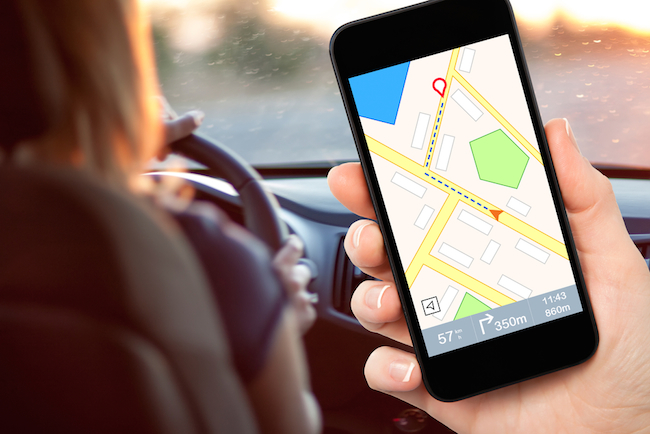Move Over, Siri! New Software Could Make Better Personal Assistants

You can already use your smartphone to locate the nearest Thai restaurant or find your way to the cheapest parking garage. But soon, you may be able to use your device to plan your entire day — from what bus you should catch in the morning to which restaurant you should swing by on your way to the airport.
A new software program that integrates with a phone's voice recognition system (such as Apple's computerized assistant, Siri) serves as both travel adviser and taskmaster. It can tell you what time the next bus will arrive, but it can also tell you to hustle if you're running late or whether you have time to grab a cup of coffee on your way to the bus stop.
The program, which is being developed by researchers at the Massachusetts Institute of Technology (MIT), works by allowing users to specify their preferences — for example, by telling the software if they're willing to forgo going out for breakfast in order to catch the right bus. [11 Odd and Intriguing Smart Home Technologies ]
"The idea is that you really have a dialogue with this system. You say what your goals are, and then it says either 'Yes, I can do it; here's the plan,' or, it says, 'No, I can't do it — here's why I can't, and here are some other options,'" said Brian Williams, a professor of aeronautics and astronautics at MIT and leader of the Model-based Embedded and Robotic Systems (MERS) group, which is developing the software.
The program, known as the Personal Transportation System, or PTS, was originally conceived as a joint project between the MERS group, the Center for the Study of Language and Information at Stanford University and aerospace giant Boeing, Williams told Live Science. Boeing tasked the researchers with creating an interactive system for a so-called Personal Air Vehicle — essentially, an autonomous flying taxi.
"If you want a vehicle to fly for you, what does it need to be like? It needs to be safe, which means knowing how you can arrive at your destination on time and how you can arrive without flying into a weather system that might lead to a crash," Williams said.
The novelty of such a system is that it can assess risk. This smart software understands what risks exist — ranging from inclement weather to traffic jams — as well as what kinds of risks a user is willing to take. With this information, the program can help a user make plans that are feasible but that also reflect his or her preferences.
Sign up for the Live Science daily newsletter now
Get the world’s most fascinating discoveries delivered straight to your inbox.
"Humans aren't very good at estimating risk," Williams said. "We aren't very rational, and we aren't very good at thinking about probabilities. We're always trying to do too much, and we're always missing deadlines. So, it's good to have something double-checking for you."
While the flying car that the software was originally developed for is still a work in progress, there are plenty of other uses for a software system that can assess risk, Williams said. For example, people who plan routes for mass transit systems could use the program to help them come up with the most efficient ways around a city. Planners would first specify their own constraints (for example, buses along a certain route need to reach their destination at 10-minute intervals), and then add what the researchers call "reliability thresholds." In other words, the planner specifies that the buses need to be on time at least 90 percent of the time.
The constraints and reliability thresholds are then plugged into what's known as a probabilistic model, which reveals if the proposed plan is possible. If it's not possible, the software can suggest other solutions that might work (such as having the buses reach their destination at 12-minute intervals instead of 10-minute ones). These alternate solutions still keep the user's constraints or goals in mind, so even though the buses arrive less frequently, they still arrive on time at least 90 percent of the time.
The PTS could also be useful for drivers of electric cars, said Williams, who noted that the system could not only let drivers know when it is time to plug in, but also help people find the best place to recharge while enjoying a good cup of coffee.
Follow Elizabeth Palermo @techEpalermo. Follow Live Science @livescience, Facebook & Google+. Original article on Live Science.

Elizabeth is a former Live Science associate editor and current director of audience development at the Chamber of Commerce. She graduated with a bachelor of arts degree from George Washington University. Elizabeth has traveled throughout the Americas, studying political systems and indigenous cultures and teaching English to students of all ages.









